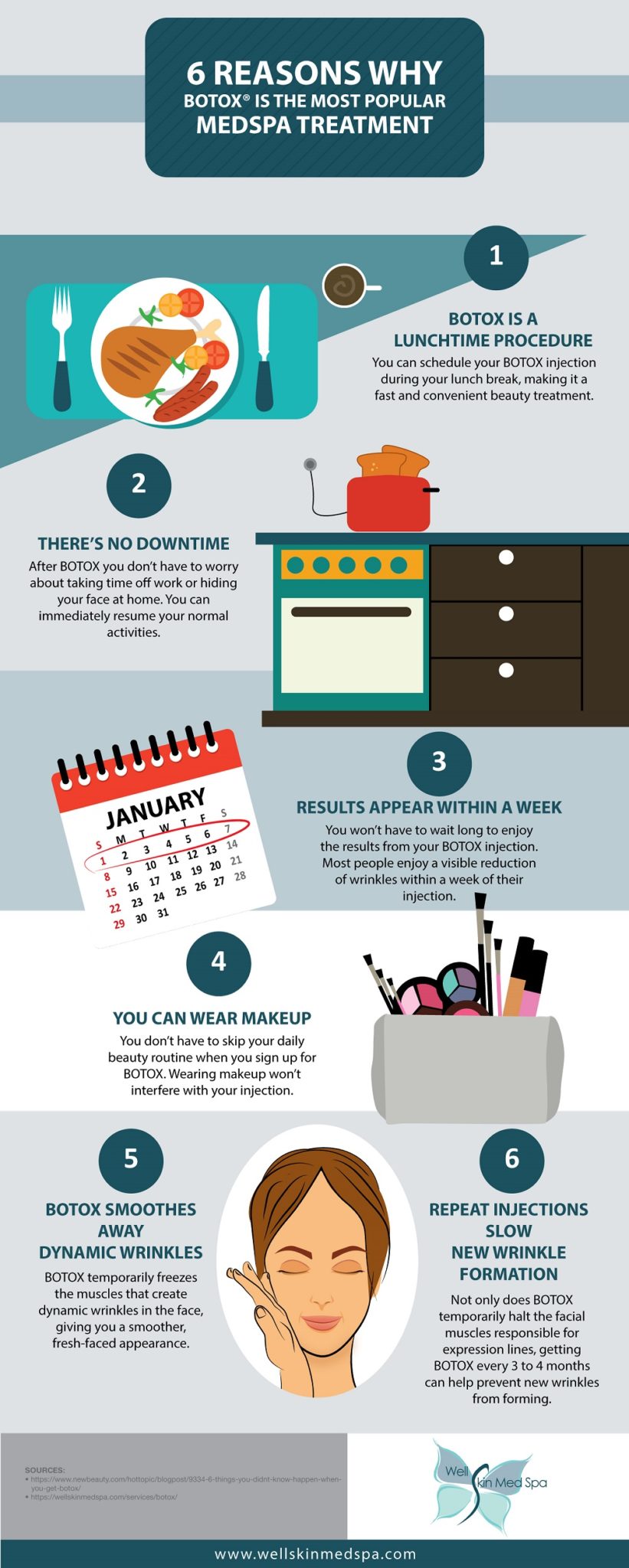Just How Does SMILE Eye Surgery Contrast To LASIK And PRK?
Just How Does SMILE Eye Surgery Contrast To LASIK And PRK?
Blog Article
Material Writer-Weber Michelsen
If you have actually been thinking about SMILE eye surgical procedure, you may wonder how it stacks up against LASIK and PRK. https://timesofindia.indiatimes.com/city/kolkata/bengal-scheme-for-free-eye-treatment-kicks-off-today/articleshow/80105158.cms has its own set of benefits and considerations. From quicker recuperation times to potential threats, there are key distinctions you need to be aware of before deciding. Recognizing these distinctions will certainly help you make an enlightened choice that aligns with your certain needs and expectations. Interested to understand even more concerning just how these treatments contrast in detail? Go on checking out to obtain a comprehensive understanding of SMILE, LASIK, and PRK.
SMILE Eye Surgery Introduction
If you're considering SMILE eye surgical procedure, you'll discover it to be a minimally intrusive procedure with a fast recovery time. During SMILE (Tiny Incision Lenticule Extraction), a laser is used to produce a tiny, exact incision in the cornea to eliminate a small item of tissue, reshaping it to remedy your vision. This varies from LASIK, where a flap is developed, and PRK, where the outer layer of the cornea is completely removed.
Among the crucial benefits of SMILE is its minimally intrusive nature, resulting in a faster healing process and much less pain post-surgery. The healing time for SMILE is fairly quick, with several clients experiencing boosted vision within a day or 2. This makes it a popular choice for those looking for a hassle-free and reliable vision correction treatment. In addition, SMILE has been revealed to have a lower danger of dry eye disorder contrasted to LASIK, making it a positive choice for individuals worried about this possible side effect.
Distinctions In Between SMILE, LASIK, and PRK
When contrasting SMILE, LASIK, and PRK eye surgical treatments, it is essential to understand the distinctive strategies utilized in each procedure for vision correction.
SMILE (Tiny Incision Lenticule Removal) is a minimally invasive procedure that includes developing a little cut to extract a lenticule from the cornea, improving it to fix vision.
LASIK (Laser-Assisted In Situ Keratomileusis) involves producing a slim flap on the cornea, using a laser to improve the underlying cells, and then rearranging the flap.
PRK (Photorefractive Keratectomy) removes the external layer of the cornea prior to reshaping the cells with a laser.
The primary distinction lies in the means the cornea is accessed and dealt with. SMILE is flapless, making it a good option for individuals with thin corneas or those associated with get in touch with sports. LASIK supplies quick aesthetic healing due to the flap production, yet it may pose a greater risk of flap-related issues. PRK, although having a much longer recuperation duration, stays clear of flap-related concerns completely.
Comprehending these variances is critical in choosing the most suitable treatment for your vision improvement needs.
Pros and Cons Comparison
To examine the benefits and disadvantages of SMILE, LASIK, and PRK eye surgical treatments, it's important to think about the specific advantages and prospective limitations of each treatment. SMILE surgical procedure supplies the advantage of a minimally invasive procedure, with a smaller laceration and potentially quicker recuperation time contrasted to LASIK and PRK. It likewise lowers the threat of completely dry eye post-surgery, a typical adverse effects of LASIK. However, SMILE might have limitations in treating higher levels of nearsightedness or astigmatism compared to LASIK.
LASIK surgical procedure offers quick visual recovery and marginal pain during the treatment. It's highly effective in treating a large range of refractive errors, consisting of myopia, hyperopia, and astigmatism. Yet, cataract surgery near or far vision carries a risk of flap complications, which can affect the corneal structure.
PRK eye surgical treatment, while not as prominent as LASIK, avoids developing a corneal flap, reducing the threat of flap-related problems. It appropriates for people with thin corneas or uneven corneal surfaces. Nonetheless, PRK has a longer recuperation time and may include a lot more pain during the recovery procedure.
Conclusion
So, when it concerns choosing in between SMILE, LASIK, and PRK, think about it like picking the ideal set of footwear. SMILE resembles a smooth, comfortable pair of tennis shoes - quick and simple.
LASIK is extra like stylish high heels - fancy and quick, but with some potential risks.
PRK is like durable treking boots - trusted and resilient, however calling for a bit more time and effort.
Eventually, the best option depends upon your specific demands and preferences.
